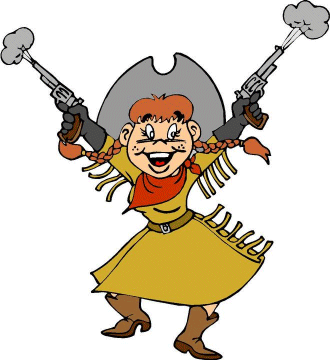
FORKS are ways of THREATENING two pieces in different directions.
But you can also THREATEN two pieces in the same direction.




|
In this lesson you're going to learn how to use some more lethal weapons. FORKS are ways of THREATENING two pieces in different directions. But you can also THREATEN two pieces in the same direction. 


|
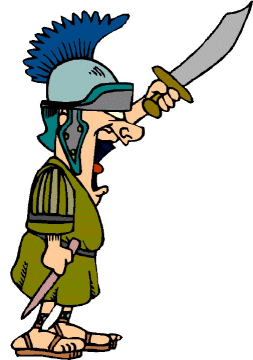
|
But some PINS are like a knife piercing your opponent right through the heart. But don't be scared. Join me now and learn for yourself how to PIN and WIN! 


|
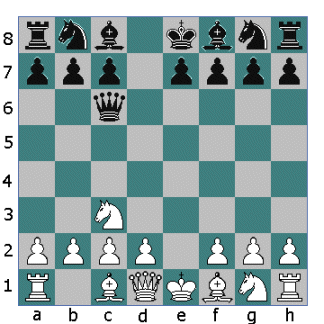
|
Now have a go for yourself. It's White's move. How can he use his Bishop to PIN and win the Black Queen? 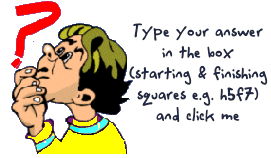 


|
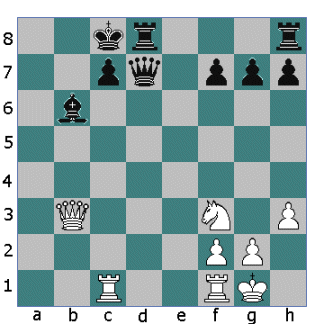
|
Here's another example for you to try for yourself. The White Rook is PINNING the Black Pawn on c7 to the King. What really strong move can White play with his Queen?  


|
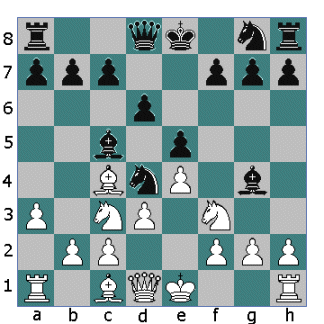
|
A couple more questions for you. You're White. Black's just moved his Knight from c6 to d4. Is it a good idea for White to play Nf3xd4? Yes No  


|
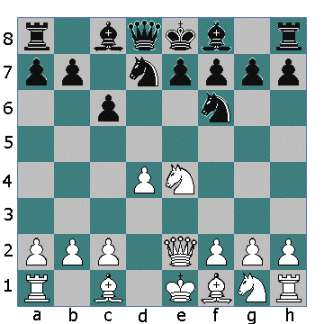
|
Yes - it's CHECKMATE! No  


|
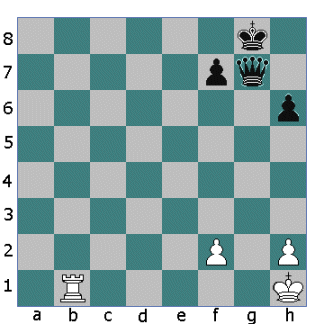
|
OK, if you think you're so clever, how can White set up a PIN here?
 


|
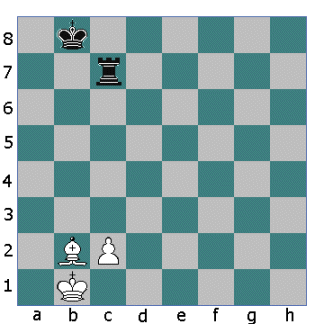
|
And what would you play if you were White in this position?
 


|
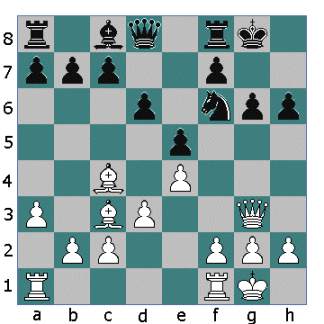
|
This position's a bit harder. White's Bishop on c4 is PINNING the Black Pawn on f7. How can White use this PIN to win a vital Pawn with his Queen?
 


|
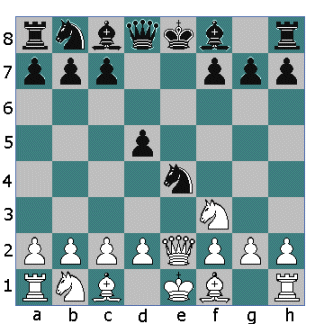
|
 


|
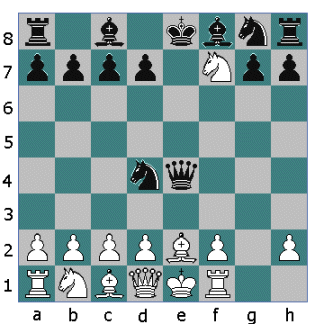
|
Just to be different, this time you're BLACK. The White Bishop on e2 is PINNED by the Black Queen. How can you use this to deliver CHECKMATE with your Knight?
 


|

|
Time to look at another lethal weapon: the SKEWER. If you've ever eaten a kebab you'll know what a SKEWER is. But how can you use a SKEWER when you're playing chess? Let's have a look! 


|
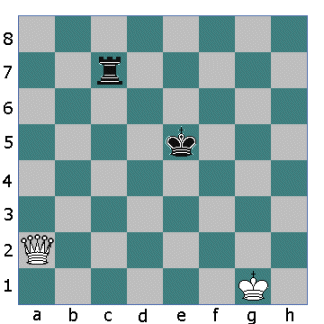
|
Let's see if you can find a SKEWER yourself. Remember, you must move your Queen onto the SAME LINE as both the Black pieces.  


|

|
Click on the FINISH button to find out how you got on! 

|